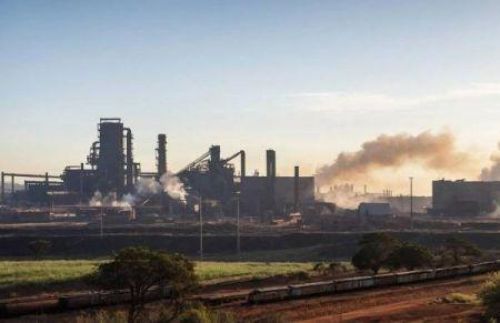Energy Other

Power supply constraints slowing EMEA data centre rollout, report says

Despite soaring global demand for data processing, the growth of new data centre capacity across Europe, the Middle East, and Africa (EMEA) has slowed in 2025. According to a report from real estate services firm Savills, this slowdown is not due to a lack of interest but to a critical shortage of available electrical power, which is delaying new projects.
The surge in demand stems from the rise of generative artificial intelligence, ignited by the launch of ChatGPT in late 2022. This technological shift has driven investors and governments to ramp up data centre projects, significantly increasing the need for electricity to power these facilities.
The data reveals a clear constraint. In the year to date, only 850 megawatts (MW) of new data centre power capacity has come online—an 11% decrease compared to the same period in 2024. Megawatts are the key metric for sizing data centres, representing the total power available for servers and cooling systems.
Crucially, Savills emphasizes that this decline is a supply-side issue, not a demand-side one. While the delivery of new power has slowed, the total live capacity in the EMEA region has still grown 12% year-on-year to 11,400 MW. The core problem is an increasing imbalance between rampant demand and a restricted power supply.
This imbalance is further illustrated by the "take-up" figures—the amount of new capacity actually leased by clients. Take-up fell to 845 MW, just half of the figure recorded in 2024. However, a more forward-looking metric tells a different story: the total contracted power capacity for both live and future centres grew 12% to 14,500 MW.
The underlying strength of the market is confirmed by occupancy rates. As of Q3 2025, 91% of all live data centre capacity in the EMEA region had been leased, up from 87% in the same quarter of 2022. This high occupancy rate underscores the persistent and strong demand that continues to outpace the strained supply of power.












